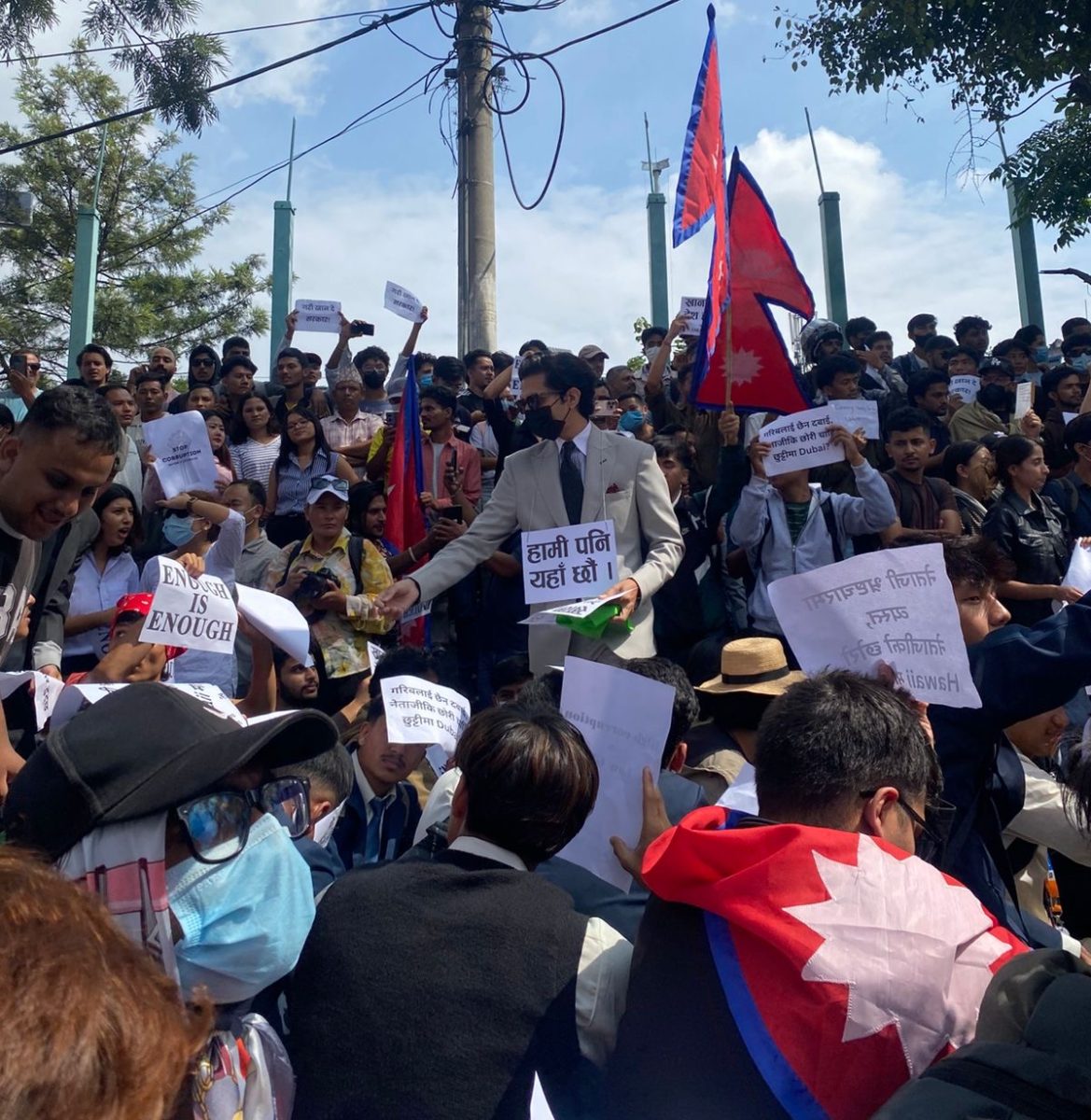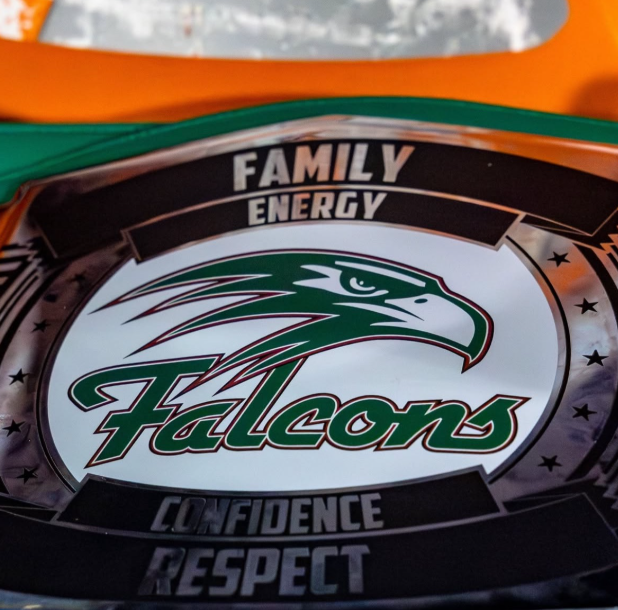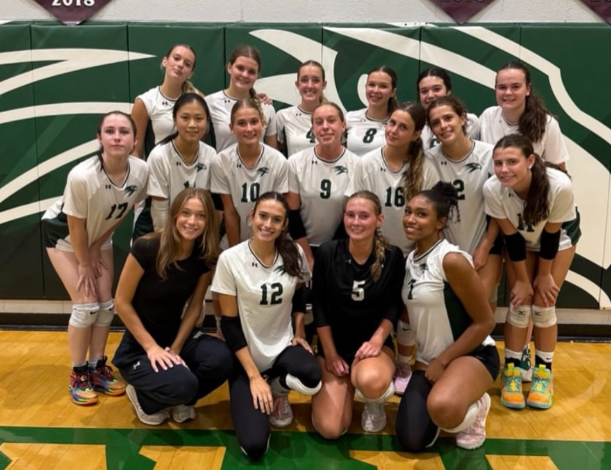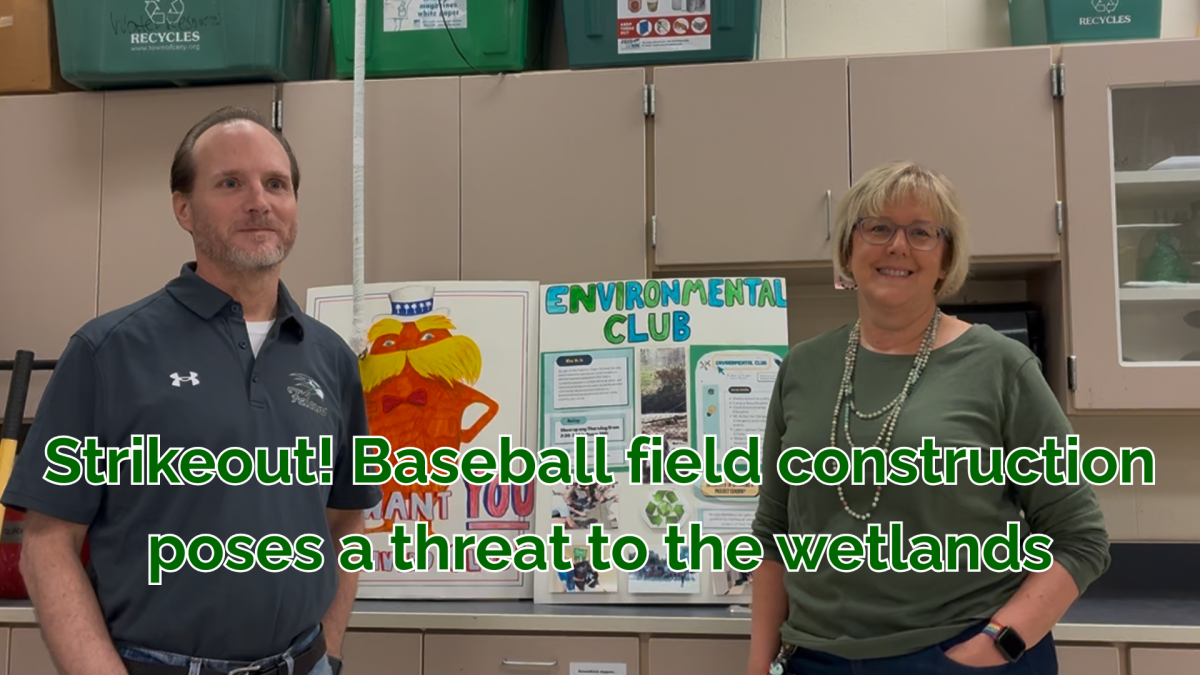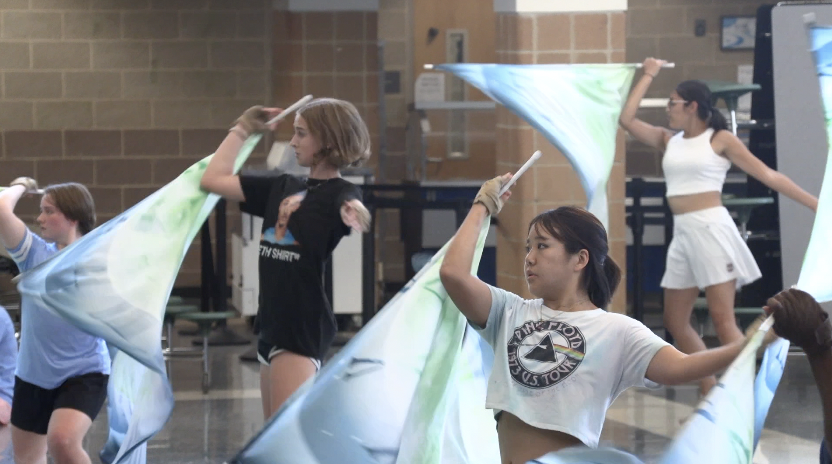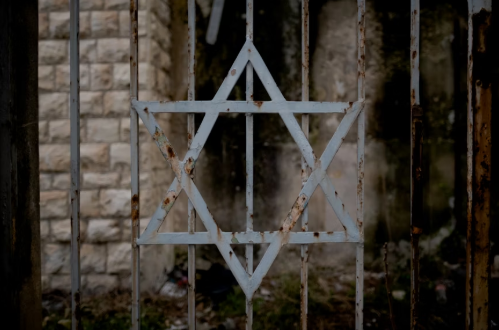For almost a decade, Wake County has held an annual video competition amongst elementary, middle and high school students in order to prevent bullying. Each year, three winners are chosen from each school level as well as a few honorable mentions. Usually, this means a diverse array of different schools on the leaderboard however this year, that wasn’t the case. Taking first and third place for the High School category and 2 spots for honorable mention were 4 groups of students from Green Hope’s video design class.
For most schools, students make these projects with their own materials, completely independent from their other classes. At Green Hope, these videos are a part of a graded class assignment.
“[In] my Adobe Video class [students] get certified in Premiere Pro,” starts Ms. Catherine Andrus, the video design and Film and Television teacher when asked about the class assignment. “We do a lot of group projects and they get a lot of hands-on experience with cameras while also learning the Adobe Premiere Pro system. The PSA Project is one of these projects.”
Once every student turned in a video, Ms. Andrus selected four out of the dozens to be submitted to the competition.
“It was a graded assignment but it is an important concept as well,” quipped Luke Ramsey (‘24) when asked why he chose to make the project. “She picked some groups’ files to touch up and submit and mine was one of them.”
Ramsey and his group won an honorable mention in the county-wide competition. He claims that even though he wasn’t expecting this title, he’s flattered that something he made could make such a difference to other people.
When it was announced that Green Hope had occupied 4 winning titles in the competition, Andrus was quick to tell all participants, especially the first-place winner, Anesa Dalmat (‘26).
“It was 7 a.m. and I was walking to my first-period class when I heard that my video got 1st place,” Dalmat began. “Honestly, my morning brain was not prepared for that, but I was thrilled and couldn’t wait to share the news with my friends who had worked on it.”
Dalmat began shooting her video on Nov. 3 with three other classmates for the PSA project. She recalled that a lot of things changed from her original script to the actual production of the video, but all these changes were necessary to have her final, winning product.
As per the request of the competition, videos were required to depict a solution to bullying more than the bullying itself. For example, the third-place winner titled “Not My Problem” depicts bullying from the point of view of a bystander. The word bystander refers to a person who witnesses someone being bullied but does not do anything about it.
In this particular video, the students make the first half about a bystander not standing up for a person who is being bullied. In the middle of the video, the events from the beginning to that point are reversed, allowing the bystander to correct their inaction. The video then shows the same person being bullied only this time, the bystander does something about it.
Students in the Adobe Video course were strongly encouraged to make videos similar to the one just described. They either needed to make a story with a beginning middle and end, or informational videos about preventing bullying.
“The rules didn’t have a strict time limit, so I let the video unfold naturally until it found its own conclusion. This gave me the freedom to adapt creatively as needed.” Dalmat explained.
For many other Adobe students, this was the case as well. For the project, Andrus made sure the students had full creative freedom which in turn resulted in many different and unique outcomes. From videos formatted as a traditional PSA to visual fictional stories with non-fiction messages, the four videos that placed in the competition were far from similar.
“We live in such a digital age that now, we process our information visually more than we do through say reading books or listening to directions.” Ms. Andrus concludes. “The PSA competition allows a message as simple as bullying prevention to be presented to young audiences in a way that speaks to them most efficiently.”
This year’s annual Bullying Prevention PSA competition has set the standard for Green Hope’s ability in Film and Television. It has also spread a worthwhile message about the effects of bullying, and how these issues can be resolved by the students themselves rather than just teachers and administrators.
By mixing creativity with basic morals and ethics, filmmaking at Green Hope has just moved from a hobby to a medium of change.
If you get the chance to walk into room 2304, look on the side wall next to Ms. Andrus’ desk. There sit 4 new, shiny plaques attributing congratulations to the four groups of students who exemplified greatness in this almost decade-old competition. What these plaques decorate is not only high esteem for the film and television program, but high honor, for the student leaders who decided to pick up a camera and make a difference.









